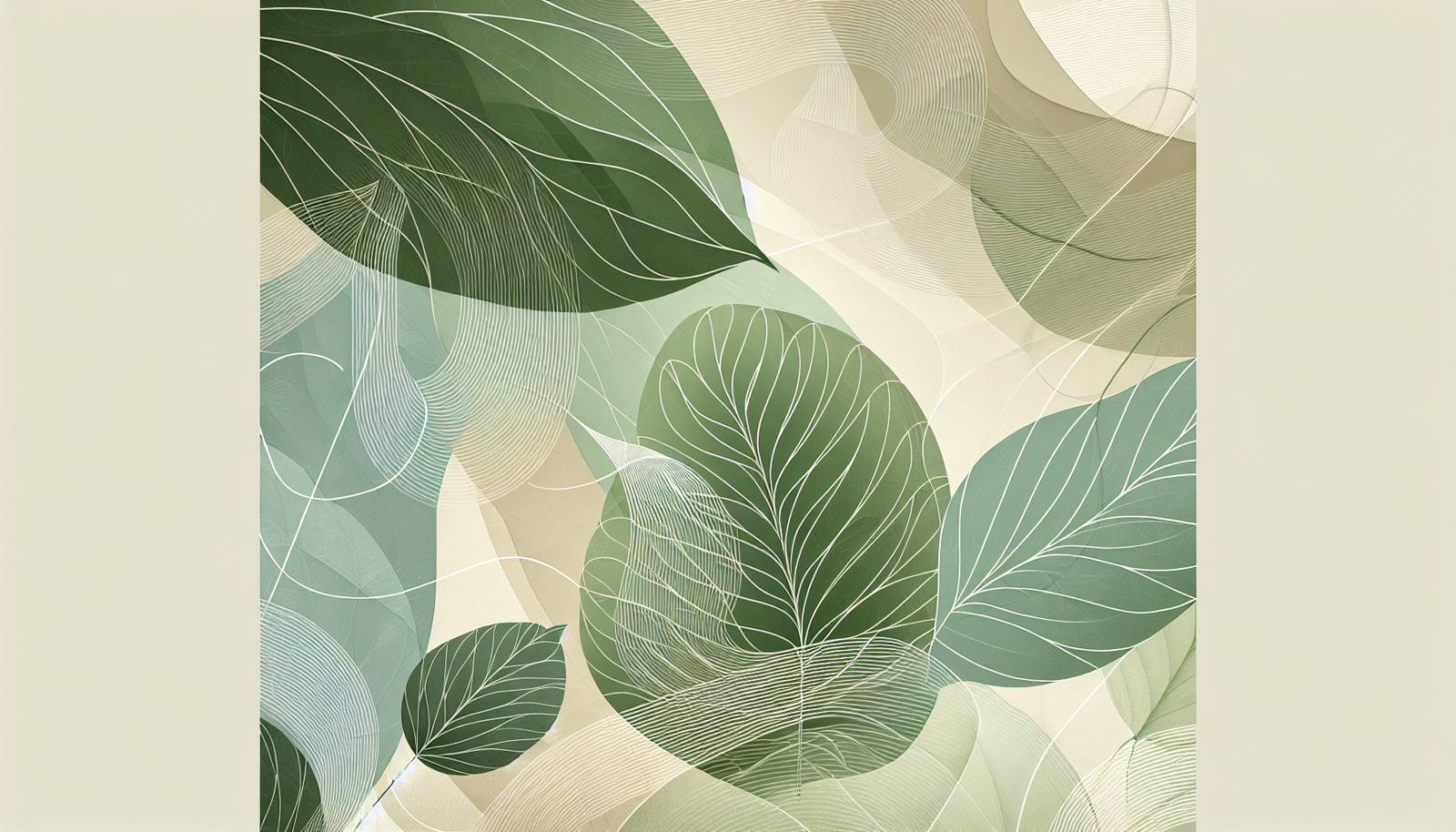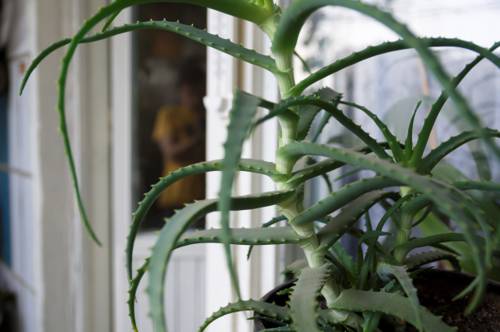
FAQ About Indoor Plant Phototropism and Adaptations

What is phototropism in indoor plants?
Phototropism is the orientation of a plant or other organism in response to light. In the case of indoor plants, it refers to the way plants grow towards a light source. This is because cells on the darker side of the plant stem grow longer than those on the lighted side, causing the stem to curve towards the light.

How does phototropism benefit indoor plants?
Phototropism helps indoor plants maximize their exposure to available light, which is crucial for photosynthesis. By growing towards light sources, plants can optimize their energy intake, enabling better growth and overall health even in environments with limited natural light.

Can phototropism occur with artificial light sources?
Yes, phototropism can occur with artificial light sources. Indoor plants will grow towards any source of light, whether it is natural sunlight or artificial lighting. However, the intensity and spectrum of the light can affect the degree of phototropic response.

What role does auxin play in phototropism?
Auxin is a plant hormone that plays a crucial role in phototropism. When light hits one side of a plant, auxin concentrates on the shaded side, promoting cell elongation in that area. This differential growth rates cause the plant to bend towards the light source.

Are all indoor plants equally phototropic?
No, different indoor plant species exhibit varying levels of phototropic sensitivity. Some plants may show a strong tendency to grow towards light, while others might not display phototropism as prominently. This can depend on a plant's natural light requirements and evolutionary adaptations.

How can I encourage my indoor plant to grow straight instead of bending towards light?
To encourage more balanced growth, regularly rotate your indoor plant so it receives even light exposure on all sides. This can help prevent excessive bending towards a single light source and promote more symmetrical growth.

What are the signs that an indoor plant is not receiving enough light?
Signs that an indoor plant isn't receiving enough light include leggy growth, small or pale leaves, and slow growth. The plant may also bend significantly towards a light source as it attempts to maximize its light exposure. Providing additional or stronger light can help resolve these issues.

Can indoor plants adapt to low-light conditions without phototropism?
Yes, some indoor plants have adaptations that allow them to survive in low-light conditions without strong phototropic responses. These adaptations might include wider leaves to capture more light, slower growth rates, or reduced leaf size to conserve energy.

Is phototropism a permanent change in a plant's growth direction?
No, phototropism is not a permanent change. If a plant is repositioned or if light conditions change, the plant can reorient itself accordingly. The flexibility of plant growth allows continual adjustment to optimize light exposure.

What is the difference between phototropism and heliotropism?
While phototropism involves growth towards a light source, heliotropism refers specifically to the daily movement of plant parts, like flowers or leaves, in response to the sun's direction across the sky. Both processes help plants maximize light absorption but occur in different contexts and mechanisms.
{
Do indoor plants need a specific type of light spectrum to maximize phototropism?
While indoor plants can respond to a range of light spectrums, blue light is particularly influential in phototropism as it is predominantly absorbed by photoreceptors responsible for this growth response. Using a full-spectrum light that includes blue wavelengths can enhance phototropic effects.

Can phototropism be harmful to indoor plants?
While phototropism itself is not harmful, excessive bending towards a light source can lead to uneven growth, which may affect the structural integrity and aesthetic appearance of an indoor plant. Regular rotation and adequate light distribution can mitigate these effects.

How do indoor plants sense light to initiate phototropism?
Indoor plants sense light using photoreceptors such as phototropins, which are sensitive to blue light. When these photoreceptors detect a light source, they trigger physiological changes in the plant, leading to differential growth and the bending effect characteristic of phototropism.

Can phototropism be observed in all parts of a plant?
Phototropism is most commonly observed in the stems of plants, as this is where the most visible bending usually occurs. However, leaves may also reorient themselves to face a light source, optimizing overall light capture.

What indoor conditions might inhibit phototropism?
Several conditions can inhibit phototropism, including insufficient light intensity, lack of blue light, and physical barriers that prevent light from reaching the plant uniformly. Additionally, if a plant is under stress due to drought or nutrient deficiencies, its phototropic response might be weakened.

Is phototropism unique to indoor plants?
No, phototropism is not unique to indoor plants; it is a common phenomenon in many plant species, regardless of their environment. However, the effects of phototropism can be more pronounced under the controlled conditions typical of indoor settings.

Do all light sources equally affect phototropism in indoor plants?
Not all light sources equally affect phototropism. The quality, intensity, and spectrum of light will impact how strongly plants bend towards it. Sunlight is typically more effective at inducing phototropism than some artificial lights due to its broad spectrum and intensity.

Can phototropism change over a plant's life cycle?
Yes, the phototropic response can vary at different stages of a plant's life cycle. Young seedlings often display strong phototropism as they establish their growth direction, while mature plants might have diminished sensitivity as they are more structurally developed.

How can I use phototropism to benefit my indoor garden?
By understanding phototropism, you can strategically position your indoor plants to ensure they receive optimal light exposure, enhancing growth and vitality. Regularly assessing and adjusting plant positioning and light sources can leverage phototropism to nurture a thriving indoor garden.
